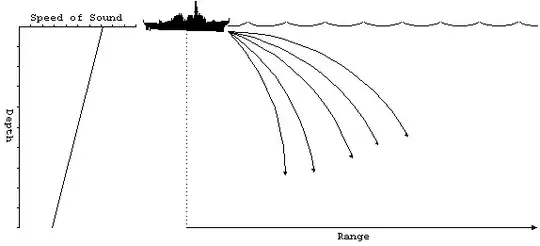We all know that, for a test particle (classical) in a gravitational field, the motion is only determined by the geodesic lines
Actually, that isn't quite right. The geodesic lines don't actually exist in any objective sense. They're abstract things that are used to model particle motion, but's it's wrong to think that light curves because it follows a geodesic. Einstein never said that, he said "the curvature of light rays occurs only in spaces where the speed of light is spatially variable". It's rather like sonar, actually.

and has no dependence on the "structure" of the particle, such as spin
I'm afraid that isn't quite right either. Matter is deflected half as much as light. If you throw an electron past a star at close to the speed of light, its path curves, but the curvature is only half the curvature of the photon's path. That's because of the structure of the particle. Because of the spin. See Ned Wright's deflection and delay article which talks about Einstein changing his prediction to 1.75 arcseconds, which is twice the Newtonian deflection.
Of course, the results do depend on the spin(quantum). But is there a way to think about this in a "equivalence principle" sense, which can satisfactorily account for the difference due to spin?
Sure. You know about pair production and the wave nature of matter and the Einstein-de Haas effect which "demonstrates that spin angular momentum is indeed of the same nature as the angular momentum of rotating bodies as conceived in classical mechanics". Just think of an electron as a photon going round and round in a closed spin ½ "spinor" path. Then simplify it further to a square path, like this:

Only the horizontals bend down. Not the verticals. So the electron is deflected half as much as the photon. The GR deflection of light is twice the Newtonian deflection of matter.

